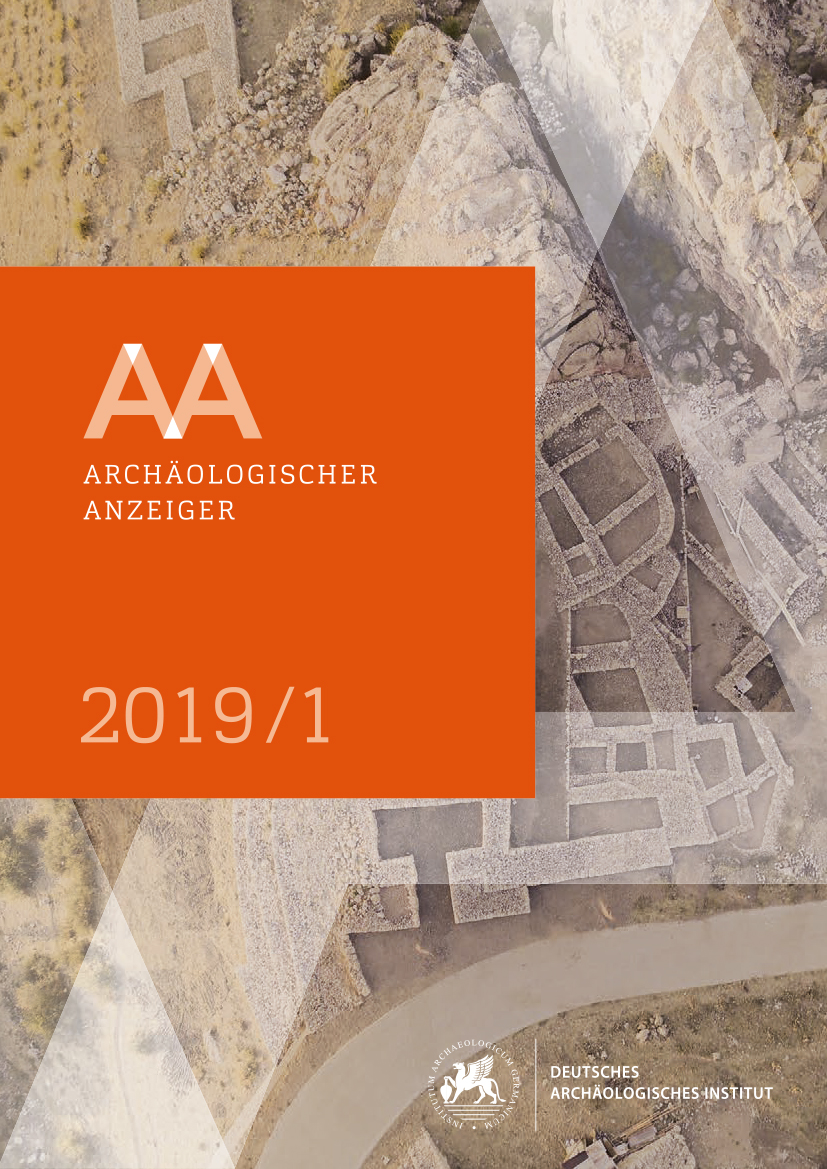Early Imperial Grave Stones from Simitthus (Chimtou). Stylistic-epigraphic Analysis and Urban Context
https://doi.org/10.34780/639r-3561
Abstract
This contribution presents for the first time all 65 known funerary monuments of the 1st and early 2nd cent. A.D. from Simitthus/Chimtou (Tunisia) and the surrounding area. Along with contemporaneous groups from Carthage, Ammaedara and Mactaris, this grave marker series from early imperial Africa Proconsularis provides important evidence for the fundamental transformation of the early Roman city. Combined iconographic and epigraphic analysis of the funerary monuments from three newly established necropoleis offers new insights into the colonia, which greatly expanded during the 1st cent. A.D. The local stonemason workshops employed a decorative and typological spectrum established in the region in pre-Roman times. ›African‹ names and a Latin-Neo-Punic bilingual inscription attest to the maintenance of existing grave marking traditions. At the same time, gentile names, certain statue motifs and funerary symbols show strong links with central Italy. Many new settlers, among them families of negotiatores, seem to have moved from that region to the important hub of Simitthus with its marble quarries. New military personnel and officials are among the 16 grave stones presented for the first time. Funerary monuments in analogous style from the surrounding area demonstrate the dominance of Simitthus' stonemason workshops in the middle Majrada valley.
Keywords:
Simitthus, Chimtou, Africa Proconsularis, early imperial funerary monuments, epigraphic-stylistic analysis, early imperial town planning, colonia foundation, negotiatores, soldiers





